Footsteps in Portugal… 24 hours in Porto
Tucked away in Northern Portugal, Porto is a charming yet often overlooked and underrated city in Europe. It may be associated with Port – sweet fortified wine, but exploring Porto revealed its many hidden layers. We found Porto to be a treasure trove of beautiful culture, inspiring architecture, great food and wine in addition to what it is known for – its Port and our jaunt here was proof enough that Porto deserves an accolade for being known for so much more than just a city that produces Port.
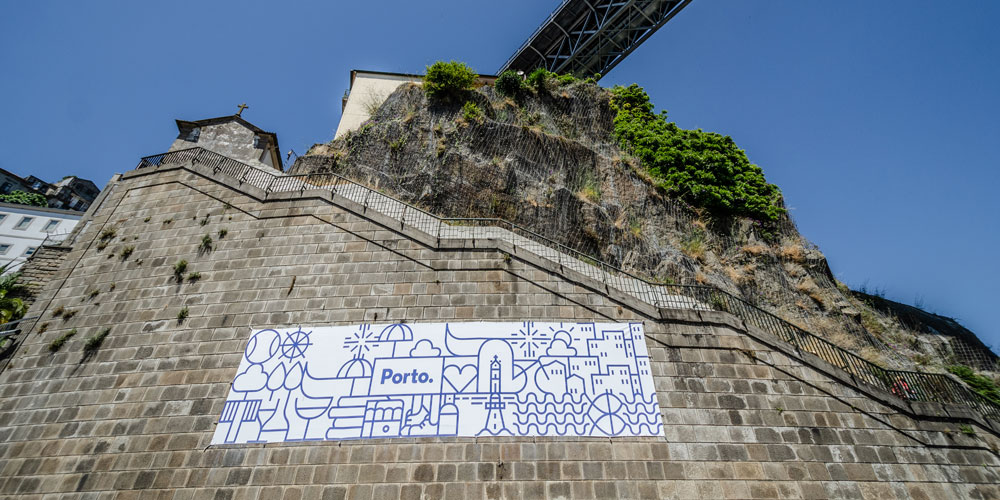
Hello Porto!
Set at the mouth of the Douro River, which winds its way through the heart of the Portuguese Winelands, the cityscape of colourful higgledy-piggledy houses makes for a seriously photogenic place.
Porto, or Oporto as it is also referred to is actually two cities rolled into one and separated by the Dom Louis bridge, with Cais da Ribeira found in the north and Gaia Vila de Nova where the Port Wine Lodges are located, in the south.
Porto is a place you have to check off your Wanderlustlist at least once in your lifetime. It is perfect for a quick city break for those lucky enough to call Europe home, but if like me, you come from further afield and don’t have oodles of time, then hopefully my quick guide will help you make the most of your time in this enchanting city.
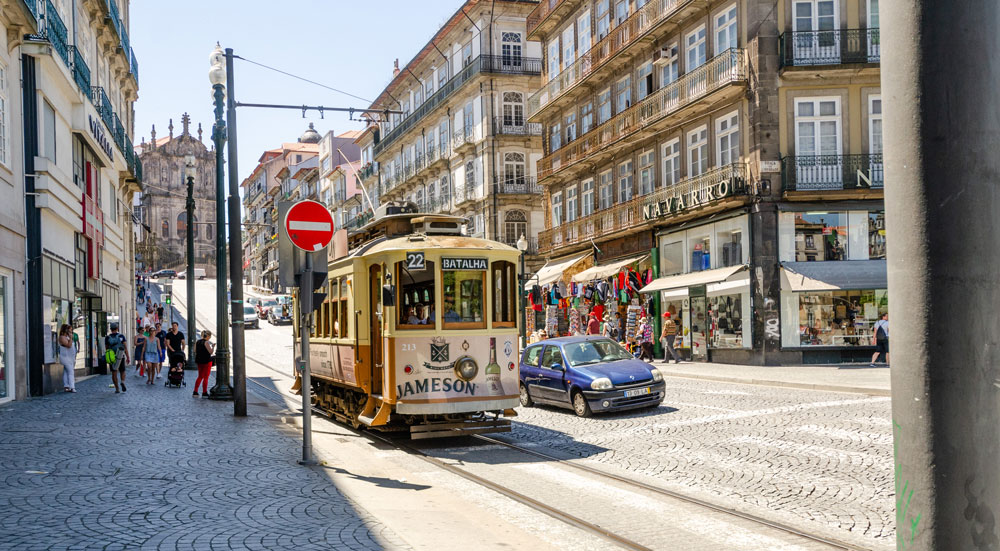
Tram in the streets of Porto
Here’s what to do if you only have 24 Hours in Porto:
1. Stroll around the streets
Porto is the second largest city in Europe and its old city is designated as a UNESCO World Heritage Site. One of the best ways to absorb some of this culture is by strolling around the narrow, winding cobbled streets which, much to my chagrin, go mainly uphill! But, much of the magic and charm emanates from simply walking around: a gander about reveals colourful facades adorned with bright colours and beautiful architecture to admire as well as a peek into the daily life of a local, wandering amidst washing strung on lines and scents of cooking wafting through the windows of their kitchens. The backstreets are often the heart and soul of a place and the experience of walking around these makes it a little more engrained than just a fleeting moment in time.

Pastel houses in the alleyways of Porto
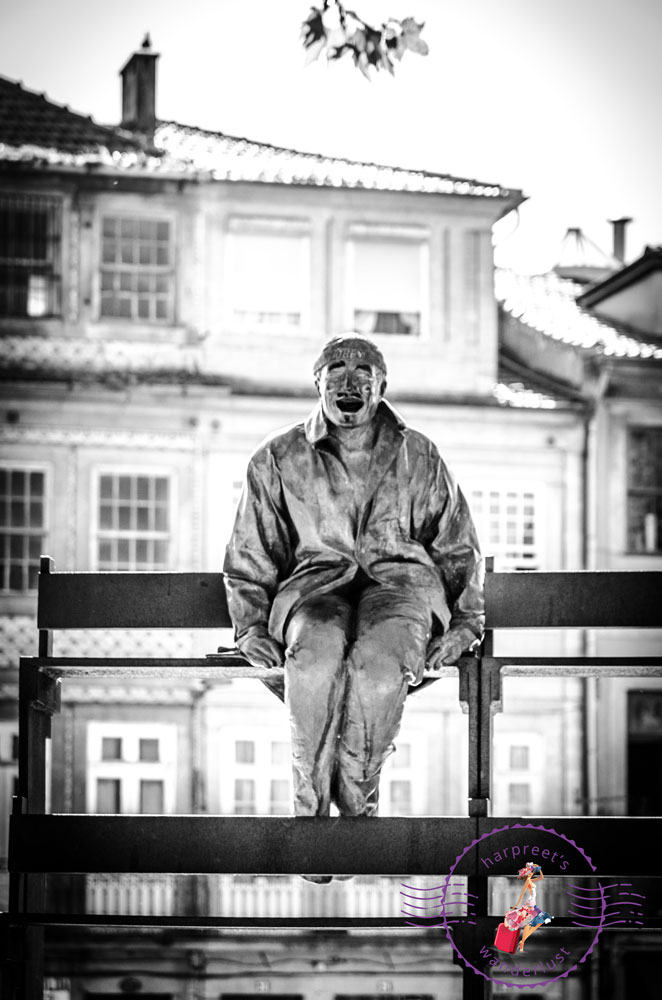
Statues in the park in Porto
2. Visit Livraria Lello & Irmao, on Rua das Carmelitas
This is one for the Potterheads and I almost didn’t visit after reading some rather negative reviews online, but I am glad that I made a judgement call and went with my gut and decided to check it out for myself. After all, what kind of Potterhead and bibliophile would I be if I didn’t set Footsteps in a building deemed to be one of the oldest and most beautiful in the world? Architecture lovers will be in heaven: Livraria Lello has an Art Nouveau design with a gothic feel to it and the inside is simply stunning.
The business itself has been in existence since 1906 and gained popularity after it was revealed that J K Rowling based the moving staircase in Hogwarts from being inspired by the wooden staircase inside the bookshop. It is true that there are queues to enter the shop and a cover charge of a couple of Euro is payable, but I don’t particularly think that this is a bad thing. In this day and age of quickies, where people want to come in and get “that” shot and leave, imposing a cover charge keeps the shop somewhat crowd free for those that actually want to spend some time enjoying it. Once you’ve ogled at the beautiful staircase, there are loads of little nooks and crannies to curl up and peruse some of the wonderful books on display, or just sit and write like J K Rowling did, if that catches your fancy! If you choose to purchase a book then the cover charge is taken into consideration and deducted from the price of the book. I confess that the inner geek in me was in book heaven!

Harpreet on Staircase at Livraro Lello
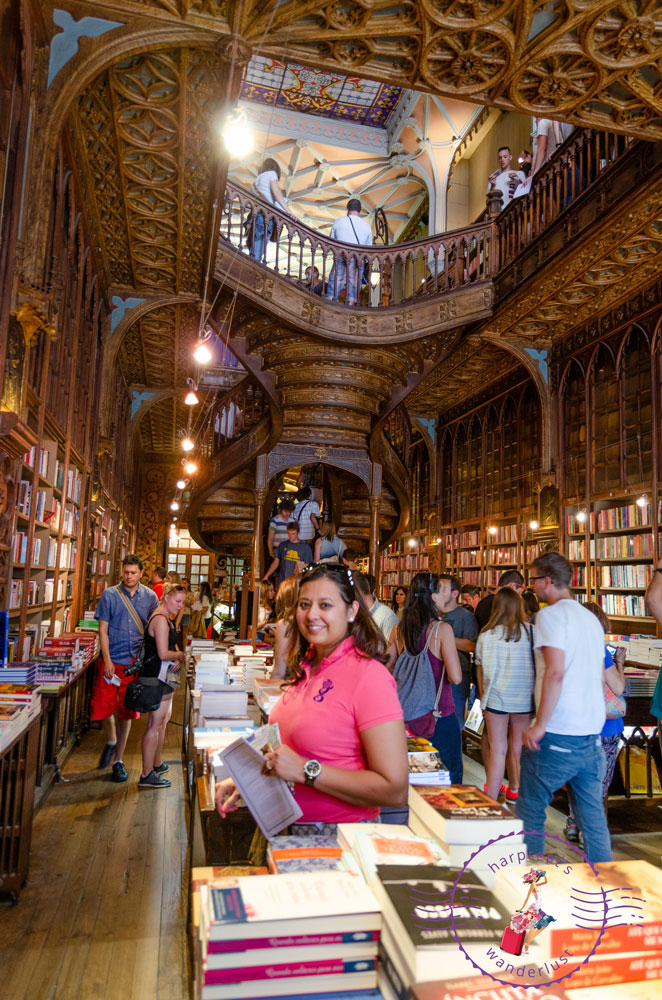
Harpreet in Livario Lello perusing books
3. Search for the Blue Azulejo Tiles
Unique to Portugal, Azulejo Tiles are polished tiles usually decorated in a simple palette of colours, mostly blue and white and are used by the Portuguese to tell stories about history, religion and culture. It isn’t uncommon to find buildings adorned with these tiles and one of the fun things to do in Porto is to try and spot the many buildings covered in Azulejo Tiles, because they are most popular out here. The Sao Bento Railway station is one of the best places to see these however sadly, we didn’t manage to squeeze in a visit here. We did however, get to see these beautiful tiles on other buildings dotted around the city!

Harpreet near the azulejo tiles
4. Visit Igreja do Carmo
Igreja do Carmo in downtown Porto is a Church that stands side by side with Igreja dos Carmelitas and is one we managed to spot adorned in blue Azulejo Tiles. One side of the exterior is covered in stunning artwork depicting religious scenes, on tiles made across the river locally in Vila Nova de Gaia. I was none the wiser on the scene but thrilled nevertheless to be able to scour the wall and take it all in.
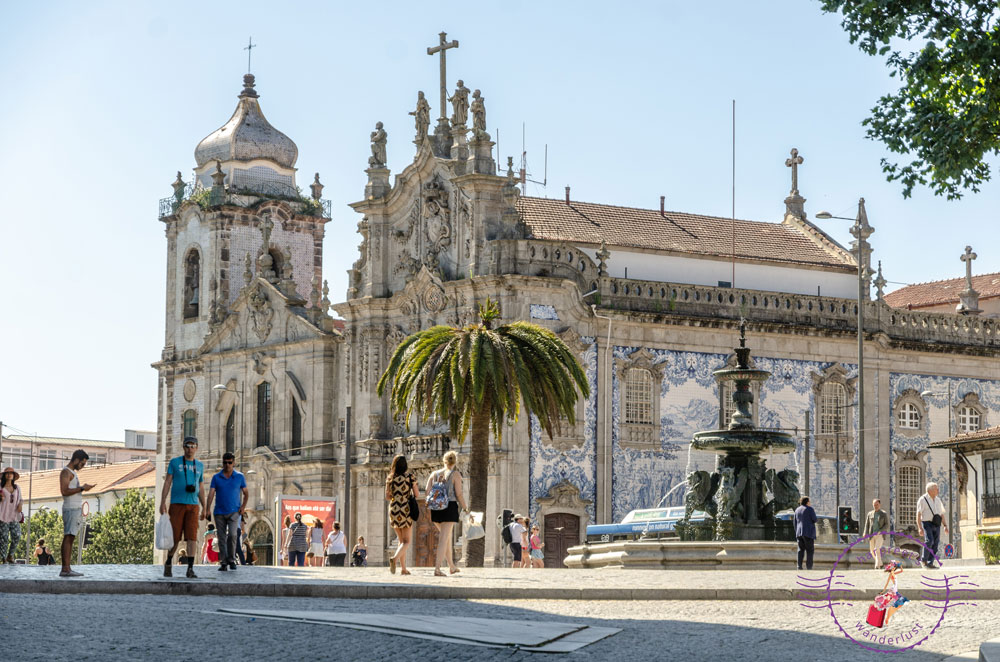
Igreja do Carmo in Porto
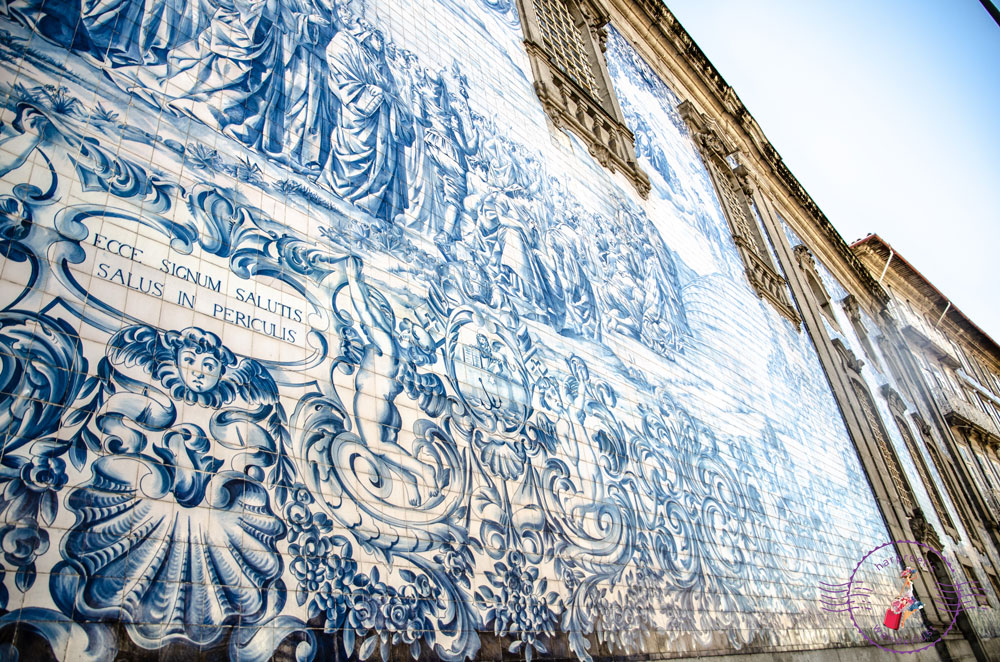
Blue azulejo tiles on Igreja do Carmo
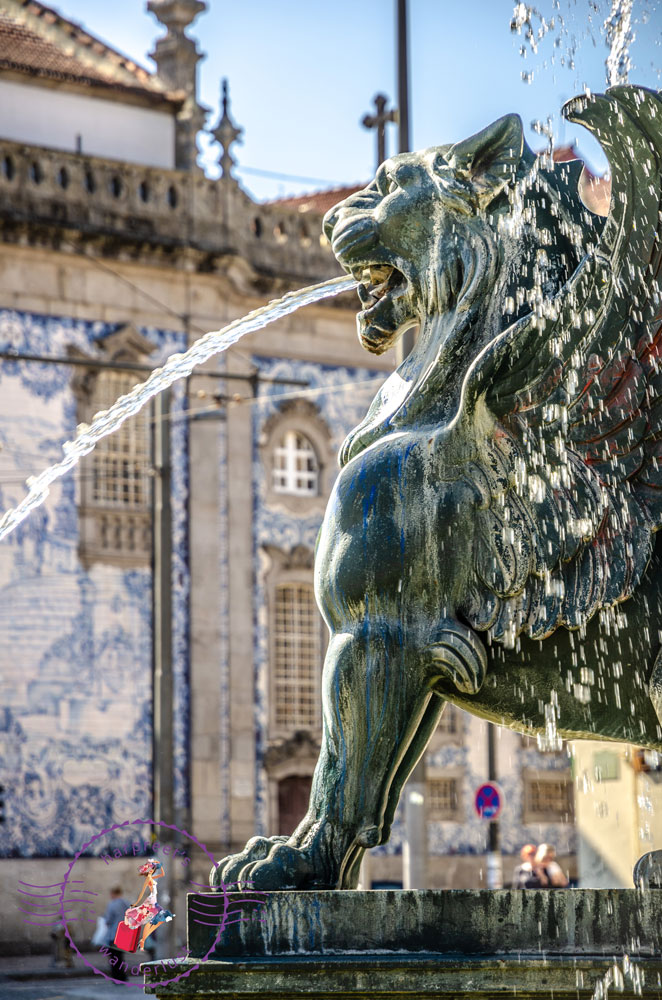
Lion Fountain in Square near Igreja do Carmo
5. Enjoy Praca da Liberdade
Like most European cities, Porto has its own grand open square. Praca da Liberdade is also known as “Freedom Square” and the streets around here are some of the most chic in the city and have a different feel to the narrower labyrinthine ones of Cais da Ribeira. Get your luxury designer shopping fix or simply grab a seat at one of the many café’s and people watch whilst enjoying a drink.
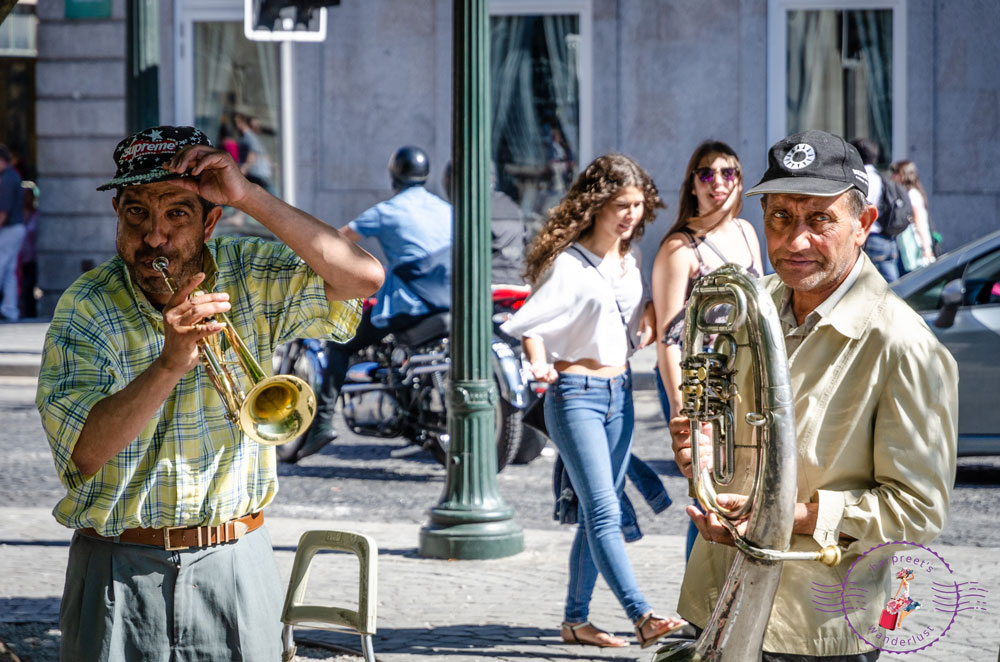
Musicians in the streets of Porto in main square
6. Amble around Cais da Ribeira
Google Porto and one of the most popular images you will find are those of Porto’s riverside area. Cais da Ribeira is incredibly picturesque, with its façade of colourful houses running right down to the riverside, lined with bars and restaurants. Ancient rabelo boats bobbing on the waters of the Douro River and the Dom Luis Bridge running across give you the perfect iconic shot of Porto.
The labyrinthine streets of Cais da Ribeira are a little chaotic but great fun to explore and form the perfect melting pot for locals and tourists alike.
Stroll around the river and soak in the vibe, peruse some of the beautiful cork products on display at the various pop up stalls or hop on to a boat for a cruise to the mouth of the Douro: but don’t miss out on exploring this neighbourhood!
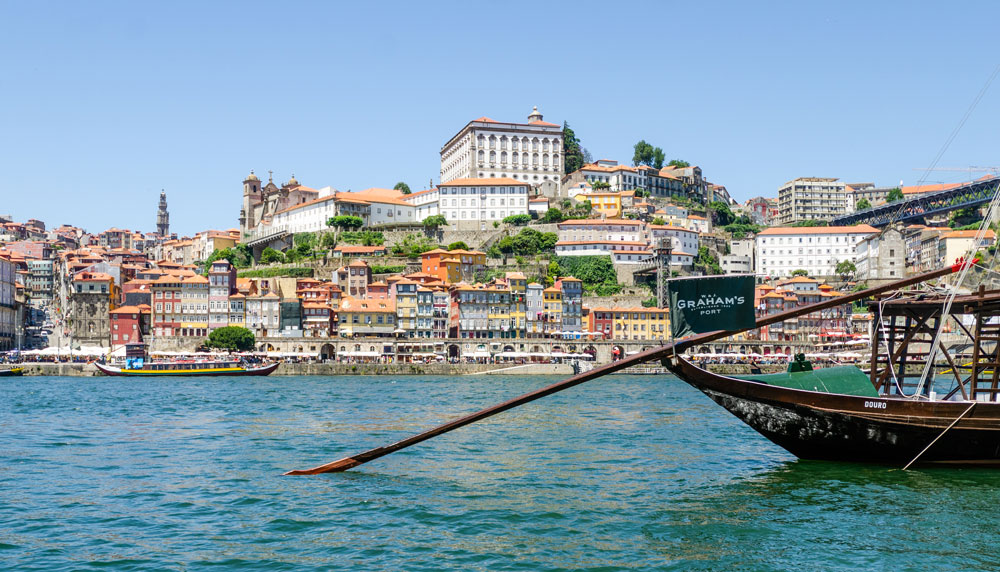
Cais da Ribeira and the Douro Rover
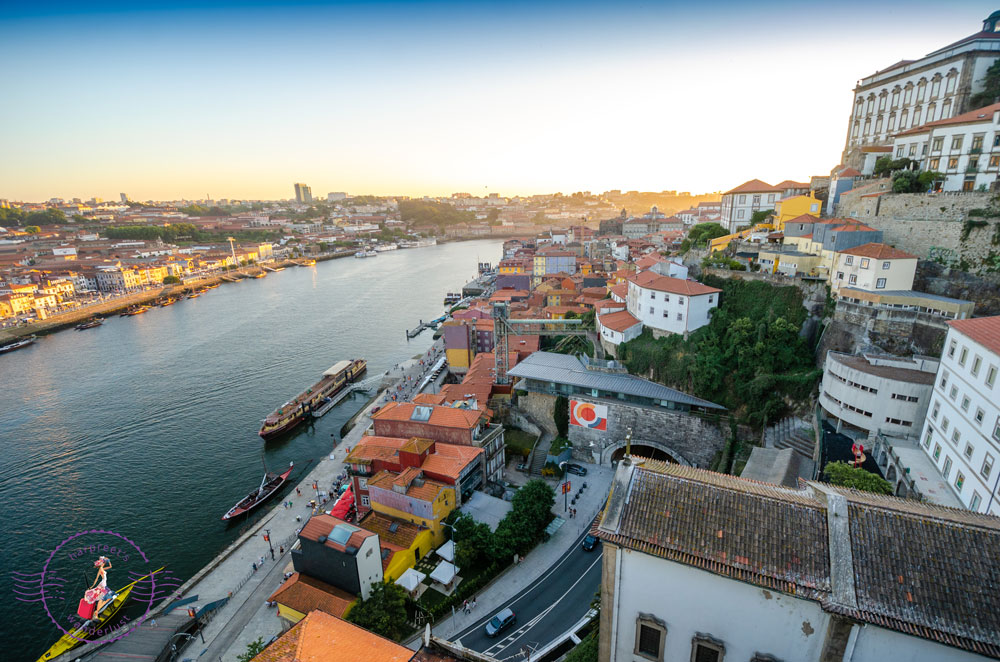
Douro River and the rooftops of Cais da Ribeira

Sunset over Cais da Ribeira
7. Catch Sunset from Luis I Bridge
Also known as the Dom Luis Bridge, this twin-level metal arch bridge was designed by the same German engineer who co-founded the Eiffel company.
The bridge crosses the banks of the Douro connecting Cais da Ribeira to Vila Nova de Gaia. The upper deck has a beautiful bird’s eye view of Ribeira and is perfect for watching the sunset over this beautiful city and the twinkling lights come on.
The upper deck has Porto’s light railway line running across it and you can take the funicular down to the riverside from here. The lower deck is pedestrianised and doesn’t have as great a view as that of the upper deck. Either way, this bridge is iconic to Porto and worth gaping at.
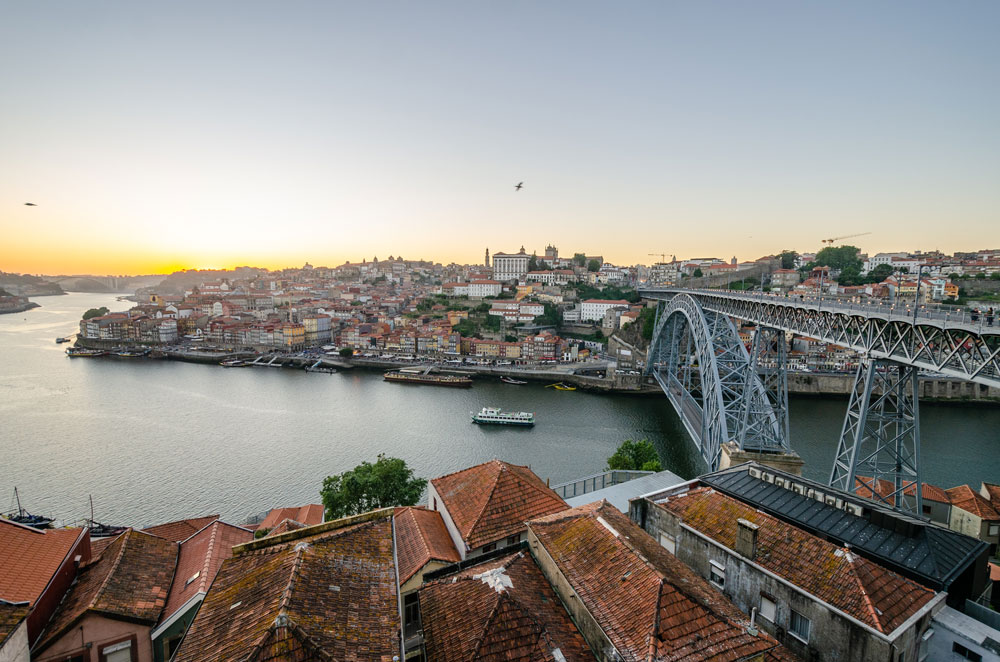
Dom Luis Bridge spanning the Douro River
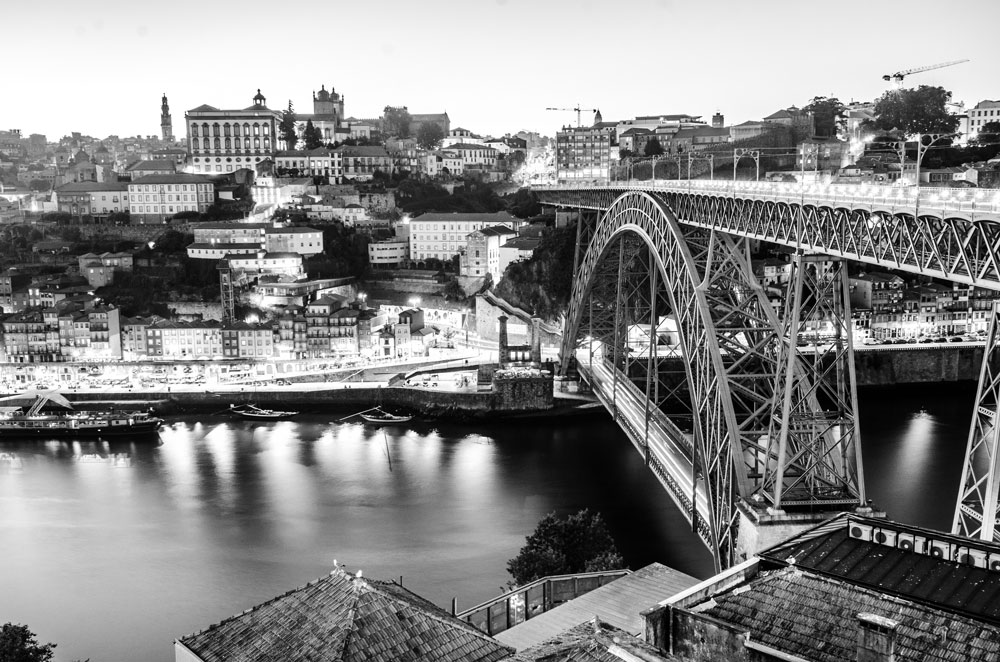
Dom Luis Bridge in Porto
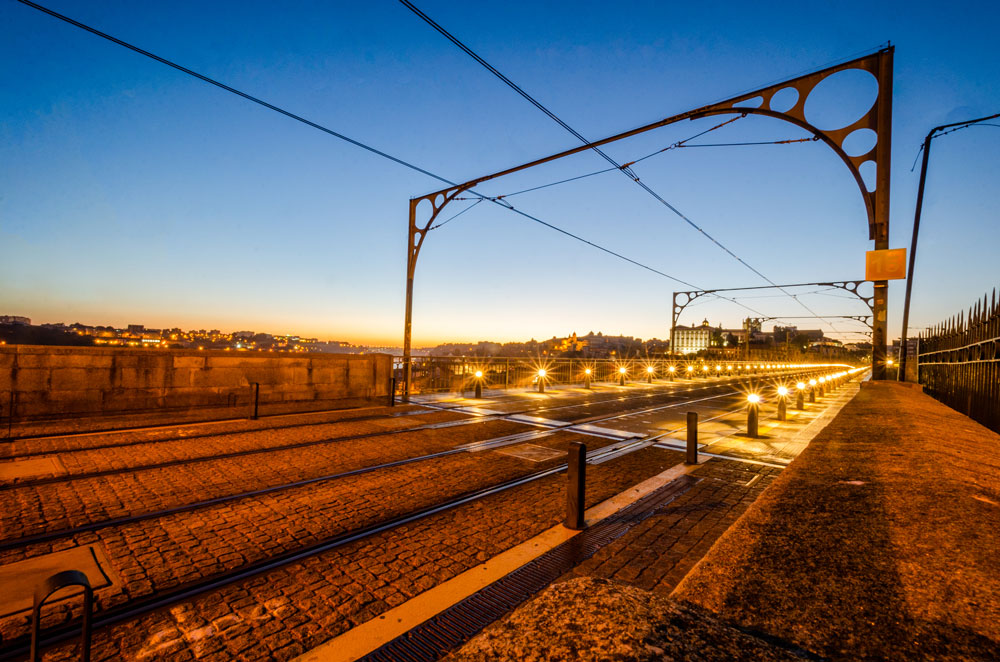
The railway line that spans the Dom Luis Bridge
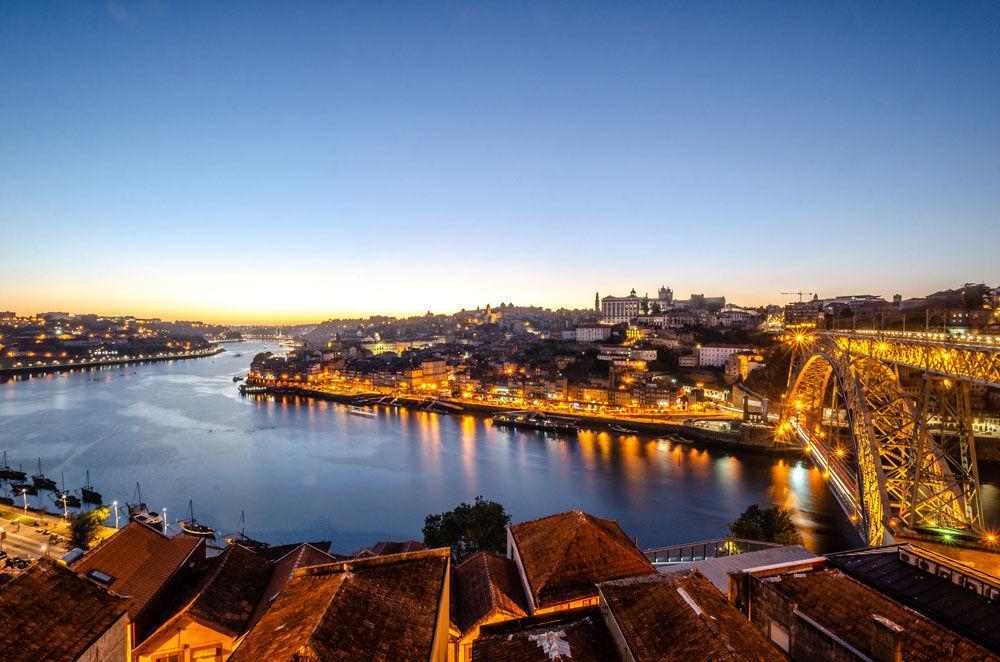
Porto by night
8. Visit one of the Port Wine Lodges
Given that Porto is associated with the sweet fortified wine known as Port, no trip out here is complete without a visit to one of the Port Wine Lodges.
Port is produced in the vineyards of the Douro Wine Region, one of the oldest demarcated wine regions in Europe, and then transported downstream on the Douro River to Vila Nova de Gaia in the south of Porto.
Here, it is stored in the wine caves in the Port Wine Lodges where it is allowed to ferment in barrels until it is ready for bottling and consumption.
A visit to the lodges gives you a a behind the scenes lesson on how Port is made plus a tour through the cellar ending with a tasting of the different varieties of Port made by the lodge. The concierge at your hotel should be able to assist with booking an English tour with transport to and from Vila Nova de Gaia.
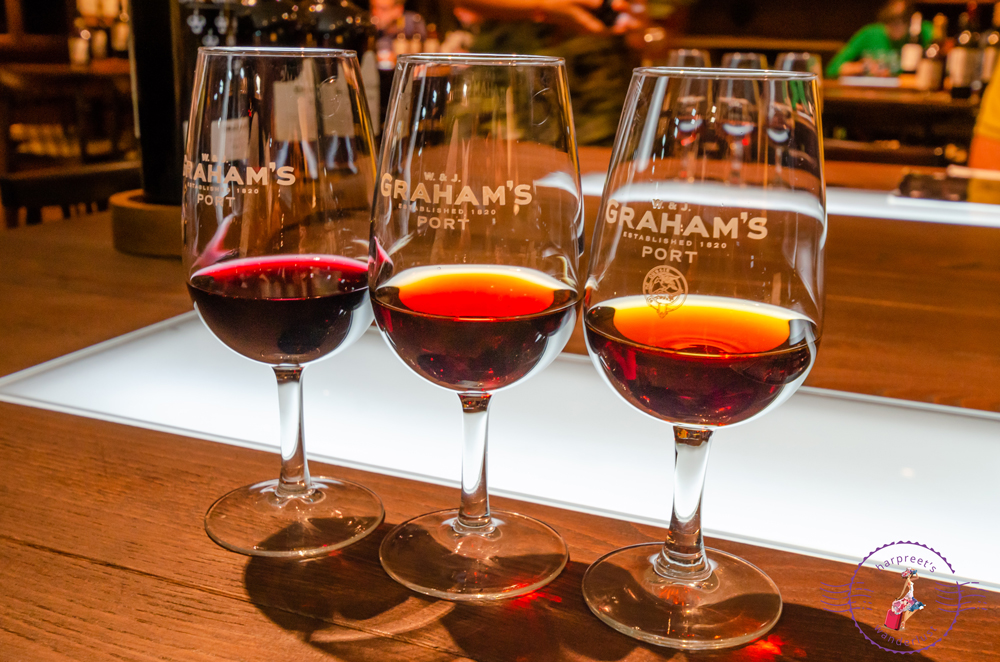
Port Tasting at W J Grahams
That’s a total of 8 wonderful things to do with 24 hours in Porto, that confirmed to me that even though it may not be alot of time, there is still a myriad of things to do that will give you a good flavour of what Porto has to offer.
Have you been to Porto? What was your experience like? Let me know in the comments below!
Until next time, Happy Wanderlusting! xoxo
![]()
The post Footsteps in Portugal… 24 hours in Porto appeared first on Harpreet's WanderLust.



